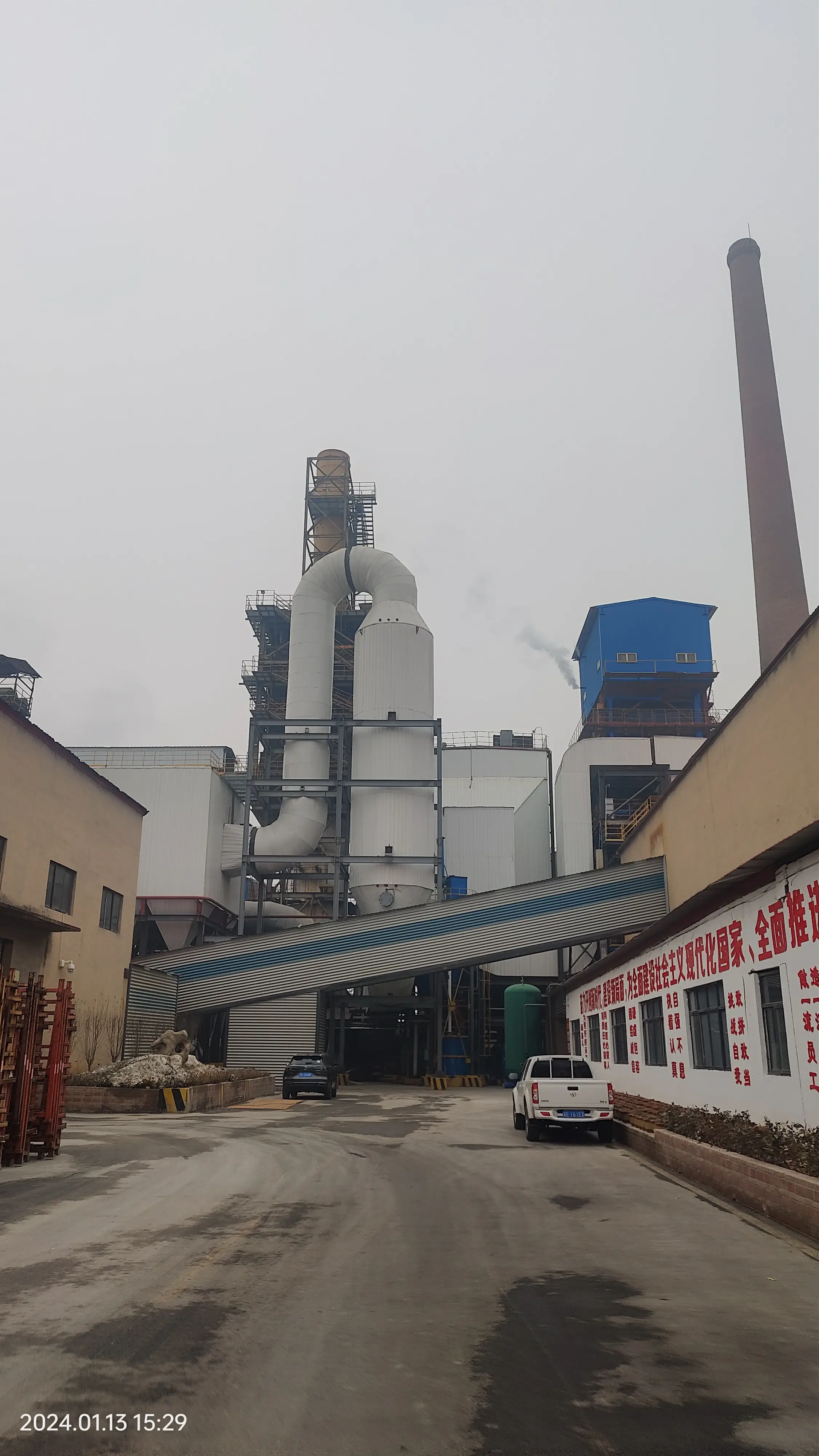

Designer Glass for Windows A Modern Aesthetic
In the world of architecture and interior design, the choice of materials plays a pivotal role in defining the aesthetics and functionality of a space
. Among these materials, designer glass for windows has emerged as a prominent feature, transforming traditional concepts of window design into stunning visual statements. This innovative approach not only enhances the beauty of structures but also offers practical benefits that align with contemporary living.Designer glass, often characterized by its unique patterns, textures, and colors, allows architects and designers to push the boundaries of creativity. Each piece can be tailored to reflect a specific theme or to harmonize with the overall design of the building. From vibrant stained glass that evokes a sense of nostalgia to sleek, modern glass that embodies minimalism, the options are limitless. These creative expressions turn windows from mere openings into focal points that engage and intrigue onlookers.
Beyond aesthetics, designer glass also serves various functional purposes. Many modern glass options come with energy-efficient properties, helping to regulate indoor temperatures and reduce energy consumption. Low-emissivity (Low-E) glass, for example, reflects heat back into a room during winter while keeping it out during the hot summer months. This feature not only contributes to a greener environment but also enhances the comfort of living spaces.

Another significant advantage of designer glass is its ability to provide enhanced privacy without sacrificing natural light. Frosted or textured glass can obscure views while still allowing sunlight to filter through, creating bright yet intimate environments. This versatility makes designer glass perfect for residential spaces, offices, and commercial establishments alike, catering to various needs and preferences.
Safety and durability are also key considerations in the selection of glass for windows. Modern designer glass can be manufactured with tempered or laminated processes, increasing its resistance to impact and enhancing safety for occupants. This consideration is especially important in urban settings, where external factors may pose risks.
In conclusion, designer glass for windows is more than just a trend; it is a fusion of art and technology that elevates the built environment. As designers continue to explore the potential of glass in architectural contexts, the possibilities for innovative and stunning window designs will expand further. Embracing this trend offers a unique opportunity to transform any space, making it not just aesthetically pleasing but also functional, environmentally friendly, and safe. Whether it’s for a residential project or a commercial building, incorporating designer glass can truly redefine the essence of a space.